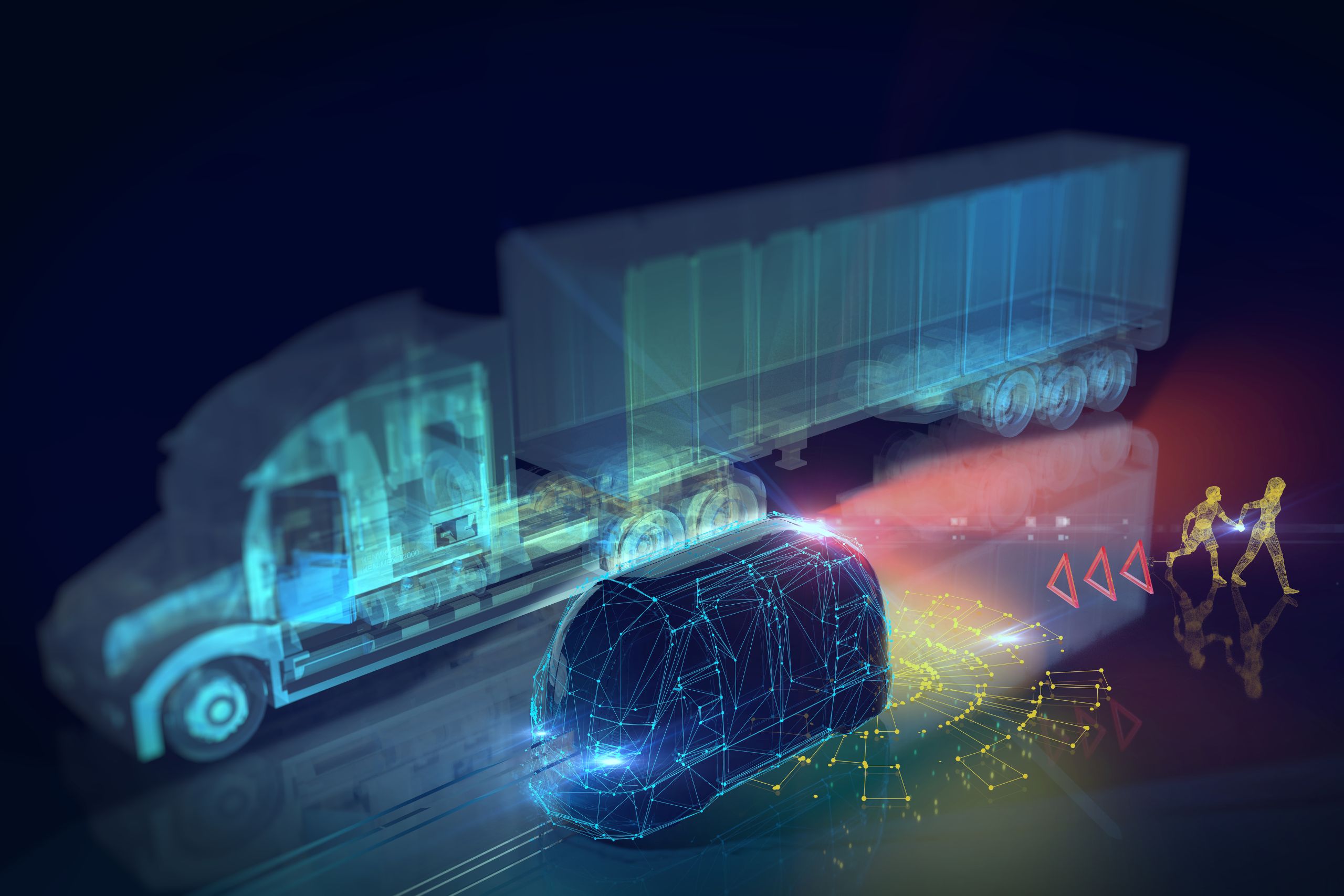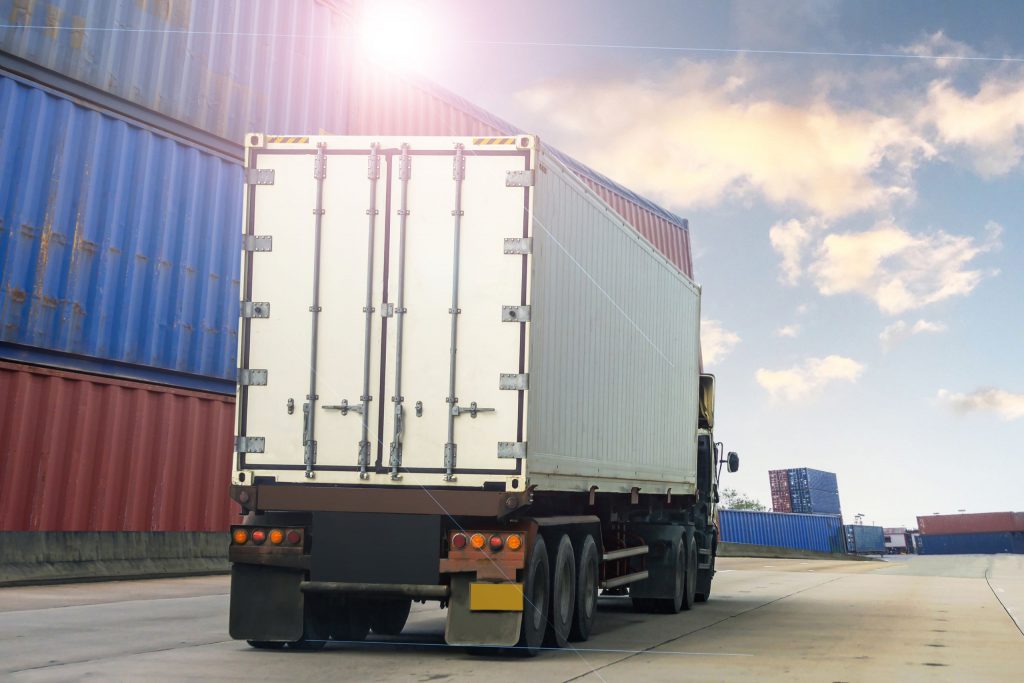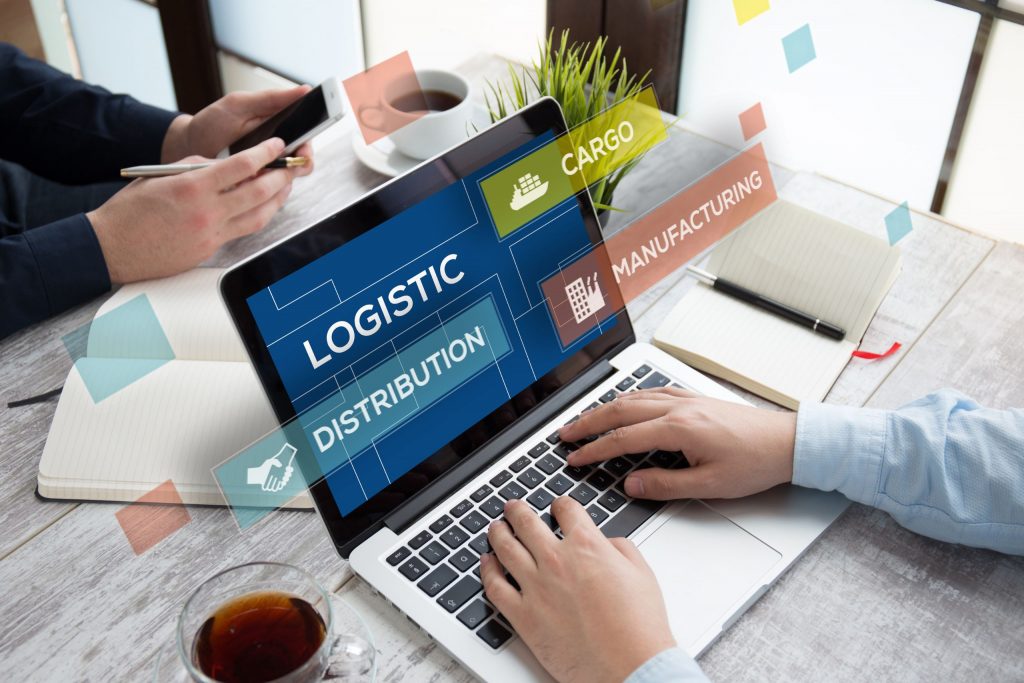Driving Innovation: The Role Of Autonomous Vehicles In The Future Of Logistics

The coming of self-driving cars is a big change for many fields, especially transportation. With these self-driving technologies, things can be moved faster and more sustainably than ever before. This is changing how things are moved. Operating costs are kept low by cars that don’t need drivers. These cars work around the clock, find the best routes, and don’t make the same mistakes people do. This change not only speeds things up, but it also lowers carbon emissions by using energy more efficiently and easing traffic.
Some of the most important changes in automatic transportation systems are better tracking tools, the ability to handle data in real time, and machine learning methods that are smarter and more complicated. Some of these are perfect tracking, better direction, and making choices based on what’s happening right now. Businesses are ready to change in the transportation business as more of these technologies are used. This is to meet the growing need for speed and efficiency as well as the environmental goals set by governments around the world. Electric cars seem to be the key to smart and environmentally friendly logistics.
Boosting Efficiency and Reducing Operational Costs
Self-driving cars are changing how things work because people miss things and take too long. These cars can find the best ways for transport by using real-time data and high-tech tracking systems. This way, things will always get there on time, and accidents involving people will happen less often. This way is not only faster and cheaper, but it also makes the trip much more useful.
Not only does this tech make things easier, it also saves a lot of money. Businesses save money because they don’t have to pay as many people to drive their vehicles, and accidents and the costs that come with them happen less often. Moreover, better route optimization produces less fuel usage, which directly affects the bottom line.
Regarding output, autonomous cars let more delivery capacity be possible. More shipments scheduled in a shorter period of time by logistics firms will eventually result in more income possibilities. All things considered, including autonomous cars into logistical processes improves productivity, lowers running costs, and increases efficiency, thus preparing companies for more success in a competitive market.

Improving Safety and Minimizing Risks
Autonomous vehicles dramatically increase road safety by lowering the accidents caused by human error. Because of their powerful sensors and artificial intelligence, these automobiles can sense risks, project dangerous situations, and react faster than human drivers. By helping to lower traffic occurrence frequency and intensity, this technical accuracy guarantees safer product transportation.
Autonomous robots help to improve safety in warehouses and distribution hubs by automating repetitive, high-risk jobs. Using sophisticated navigation technology and extensive safety procedures, these robots operate effectively near to human workers. They thus lower the risk of occupational mishaps resulting from manual handling or vehicle collisions.
Moreover fitted with real-time monitoring systems providing data on operational safety measures are robots and autonomous cars. This data-driven strategy makes preventative steps possible that assist to minimize damage to infrastructure and commodities. All things considered, improving safety and lowering risks in many other fields depends critically on the integration of autonomous technology in storage as well as transportation.
Environmental Sustainability Made Possible by Autonomous Logistics
Autonomous automobiles significantly contribute to produce environmentally friendly logistics via better use of energy and pollution reduction. Using modern algorithms and real-time data processing, these vehicles can choose the most efficient routes, therefore lowering unnecessary travel distance and fuel consumption. Reduced greenhouse gas emissions resulting from this improvement clearly show a route toward sustainable logistics.
Integration of electric autonomous vehicles improves these advantages even further. These zero tailpipe emissions help to drastically lower the whole carbon footprint of the logistics industry. Although transportation still greatly adds to global emissions, the change to electric autonomous vehicles presents a big opportunity for industry-wide reform.
Moreover, the long-term consequences of utilizing autonomous automobiles in logistics rather closely match more general sustainability goals. Reduced emissions and higher efficiency enable businesses to meet their environmental objectives, therefore supporting corporate social responsibility. More logistics companies using these technologies taken together will significantly contribute to a greener economy by motivating innovation and creating new industry standards in sustainability. Through constant improvement, autonomous logistics not only addresses current environmental issues but also creates the road towards a more sustainable future.
Overcoming Challenges and Expanding Opportunities
Significant technical, legal, and infrastructure obstacles await autonomous logistics. Technologically, improving navigation and decision-making powers depends on developments in artificial intelligence and machine learning. Current systems still find difficult situations and unanticipated challenges, nevertheless. There are also regulatory obstacles as different laws apply in different areas influencing the use of autonomous cars. This generates uncertainty and delays incorporation into current systems of operations. Furthermore impeding major adoption is insufficient infrastructure including poorly planned highways and few charging stations.
Constant innovation is breaking through these limitations. While cooperative regulatory initiatives seek to provide consistent standards that enable autonomous operations, companies are building strong navigation systems that use real-time data. Furthermore in construction are changes in infrastructure like special lanes for autonomous vehicles and extra charging stations.
These changes provide chances for new company structures and products connected to logistics. Just a few of the benefits from autonomous logistics include faster delivery times, on-demand services, and reduced operational costs. Automated warehousing and last-mile delivery systems are two new opportunities using autonomy that drive industrial progress and efficiency.

Conclusion
Autonomous cars have transforming power in logistics as they can improve supply chain safety, lower prices, and boost efficiency. Logistics firms are urged to use this cutting-edge technology as doing so would not only guarantee their competitiveness in a fast changing industry but also open the path for further expansion and operational excellence. Using autonomous logistics solutions will enable the industry to predict a more efficient and safer shipping system in which human mistake is minimized and productivity is optimized. These advances help environmental projects by optimizing gasoline consumption and reducing emissions. Eventually, the integration of autonomous automobiles will transform the scene of logistics and support a paradigm transition towards a more reliable, environmentally friendly, and simpler future.

